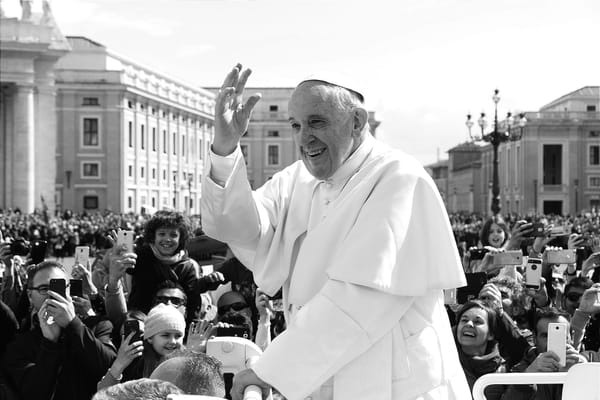The Symbolism of Pope Francis' Death on Easter Monday for Catholics and Timeline of His Final Days
The death of Pope Francis on Easter Monday, April 21, 2025, at the age of 88, marks a profound moment for the world’s 1.4 billion Catholics. Occurring on a day steeped in the joy of Christ’s Resurrection, his passing carries deep symbolic weight.

Symbolism of Pope Francis’ Death on Easter Monday
Easter Monday, part of the Octave of Easter, is a time when Catholics celebrate the Resurrection of Jesus Christ, the cornerstone of Christian faith, symbolizing victory over death and the promise of eternal life. The death of Pope Francis, the spiritual leader of the Catholic Church, on this day creates a poignant juxtaposition of human mortality with the hope of resurrection, inviting Catholics to reflect on several key themes.
1. A Reflection on Mortality and Eternal Life
The passing of a pope, especially one as beloved as Pope Francis, serves as a reminder of human frailty, even for those in positions of great spiritual authority. His death on Easter Monday aligns with the Easter message that death is not the end but a transition to eternal communion with God. Catholics may interpret this timing as a sign that Pope Francis’ soul has entered into the eternal life promised by Christ’s Resurrection, reinforcing the belief that “death has no sting” (1 Corinthians 15:55).
2. The Shepherd’s Return to the Father
Popes are often called the “Vicar of Christ” and the “shepherd” of the Church. Pope Francis’ death on Easter Monday could be seen as the completion of his earthly mission, with his soul returning to the eternal embrace of God, the ultimate Shepherd. This imagery resonates with the Gospel readings of Easter, which emphasize Christ as the Good Shepherd who lays down his life for his flock (John 10:11). For Catholics, this may symbolize Pope Francis’ lifelong dedication to serving the Church and his final journey home.





